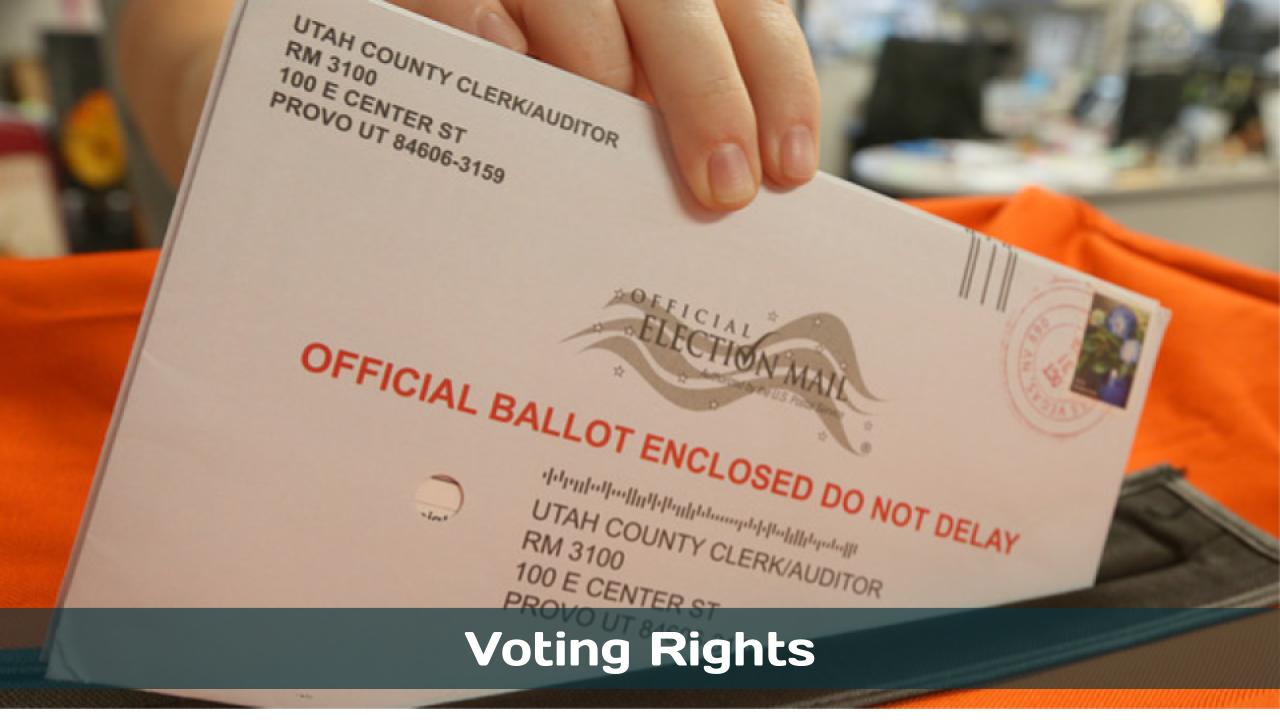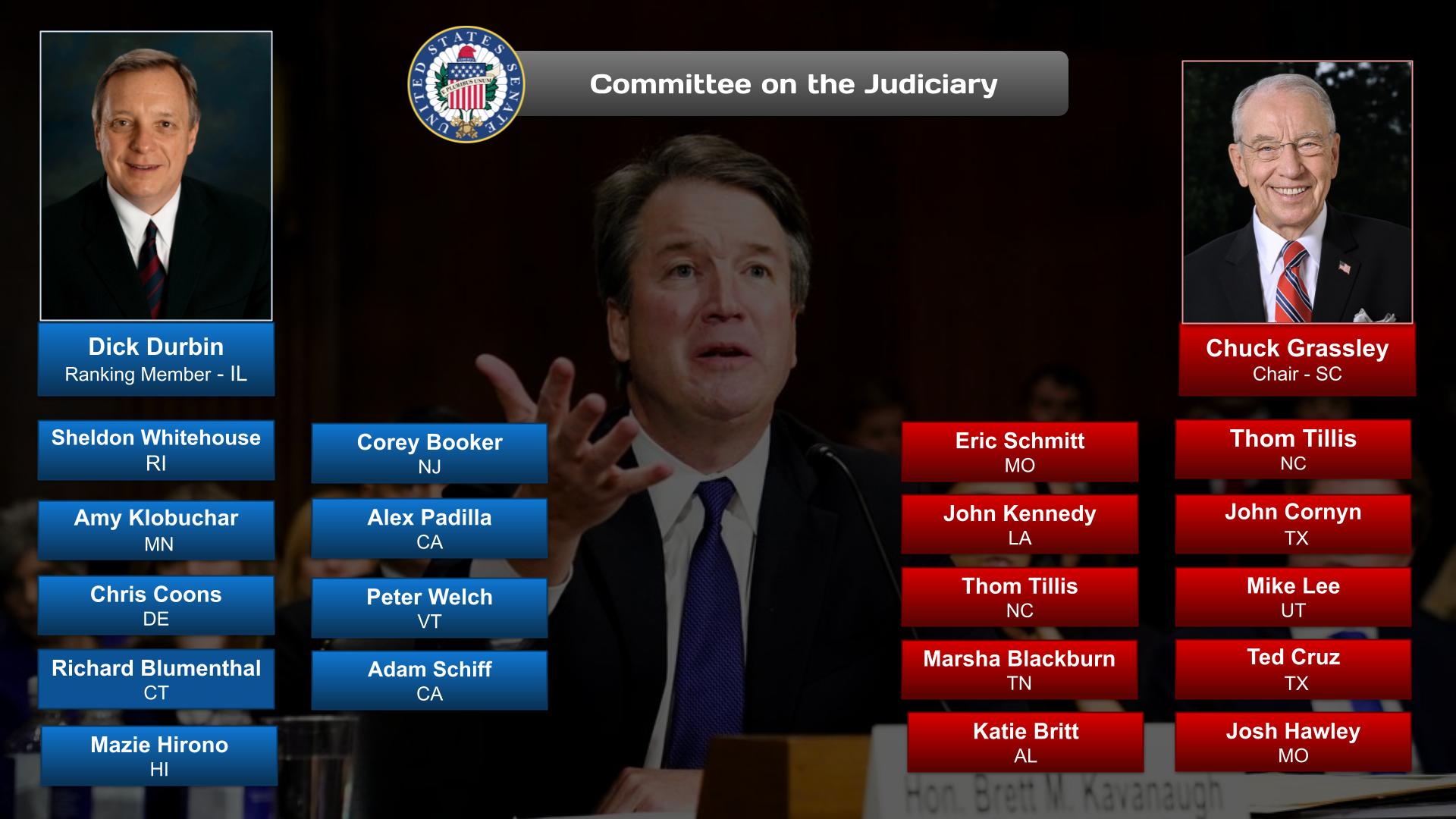US Democracy is a representative democracy, meaning that the people choose their government officials. These officials represent the citizens’ ideas and concerns in government. This is different from a direct democracy, where citizens vote directly on every issue.
- There are many issues related to US Democracy that Congress is looking to address with legislation. In the ‘About’ section of this post is an overview of the issues and potential solutions, party positions, and web links. Other sections have information on relevant committees, chairs, & caucuses; departments & agencies; and the judiciary, nonpartisan & partisan organizations, and a wikipedia entry.
- The US Democracy category has related posts and three posts on issues of particular focus: Voting Rights, Money in Politics, and Partisan Polarization..
To participate in ongoing forums, ask the post’s curators questions, and make suggestions, scroll to the ‘Discuss’ section at the bottom of each post or select the “comment” icon.
Vox – 20/11/2018 (07:09)
https://www.youtube.com/watch?v=0ySL82WbcvU&t=16s
Minority rule is a majority problem.









